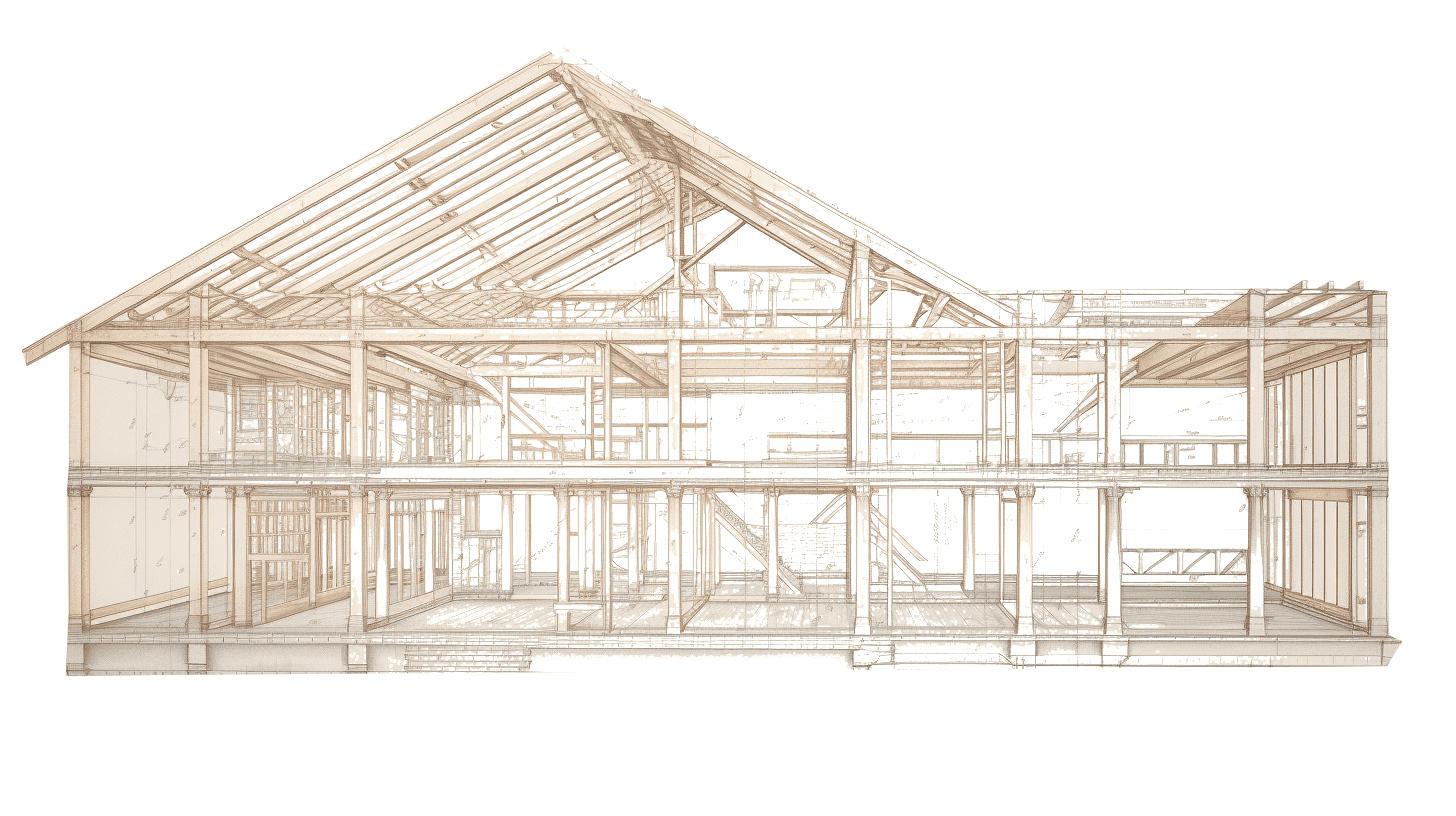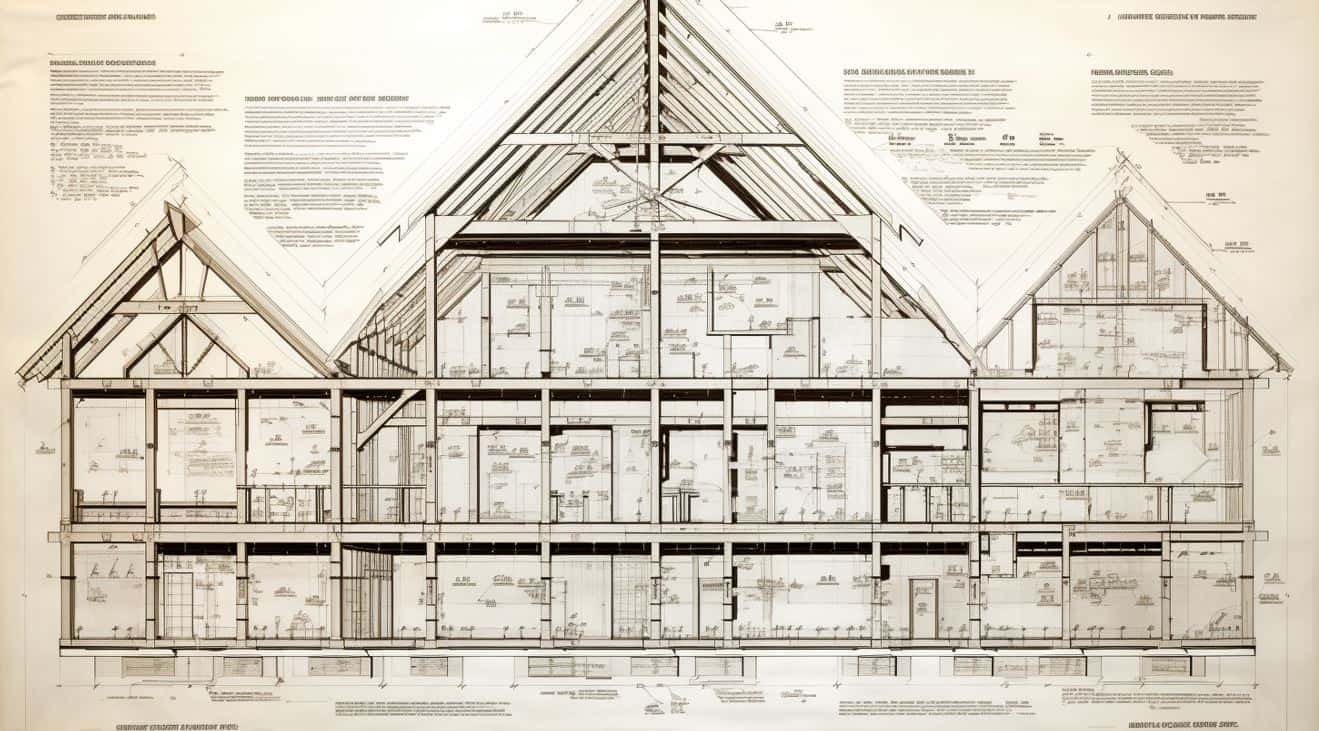
Framing is the process of constructing the supporting structure of a wooden building, which includes walls, floors, roofs, and openings for windows and doors. In Canada, framing must be designed to withstand the specific environmental conditions such as heavy snow loads and strong winds, as well as seismic activity in certain regions. Here are essential tips for framing wooden buildings in Canada, categorized for clarity:

By following these detailed categorizations for framing a wooden building in Canada, you ensure that the structure is resilient, meets the legally required standards, and provides lasting safety and comfort for its occupants.

